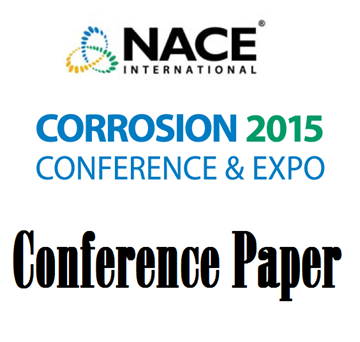Search
09480 How Do Microstructure and PREN Affect the Erosion Corrosion Behaviour of Stainless Steels?
Also Purchased
09483 Erosion-Corrosion in Oil and Gas – Stainless Steel Under De-Aerated Slurry Impingement Attack
Product Number:
51300-09483-SG
ISBN:
09483 2009 CP
Publication Date:
2009
$20.00
10382 Erosion Corrosion and Synergistic Effects Under High Velocity Multiphase Conditions
Product Number:
51300-10382-SG
ISBN:
10382 2010 CP
Publication Date:
2010
$20.00
Erosion-Corrosion Study of Oilfield Materials Due to Liquid Impact
Product Number:
51315-6136-SG
ISBN:
6136 2015 CP
Publication Date:
2015
$20.00




